Capacitors in Parallel – calculations electronics engineering
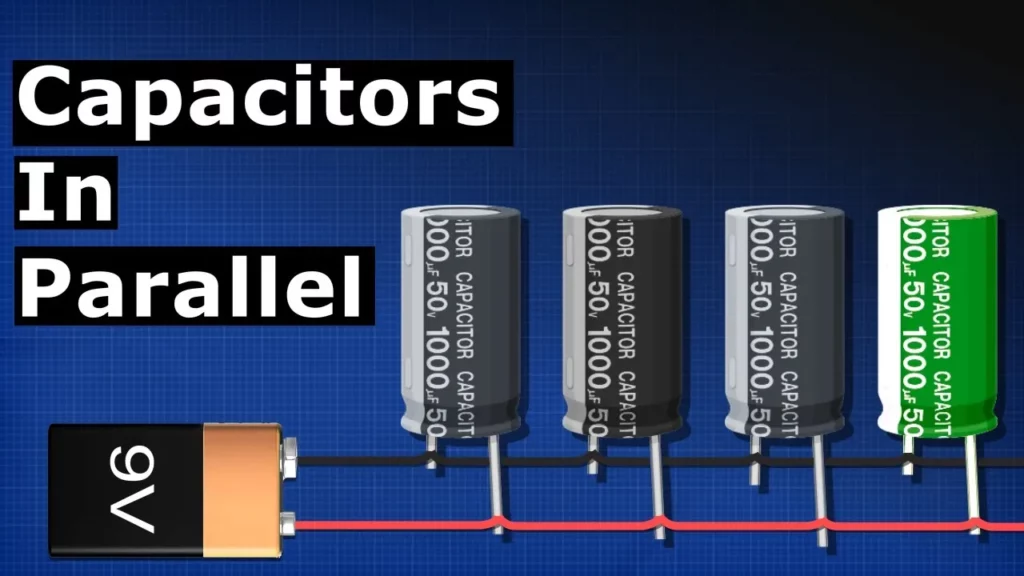
This lesson explains the concept of capacitors connected in parallel, highlighting their ability to store energy and extend the duration of power supply to devices like lamps. It covers how to calculate total capacitance by simply adding the capacitances of individual capacitors, and discusses practical applications, such as filtering electrical noise and providing additional current in high-demand circuits. Understanding these principles is vital for designing efficient electronic systems.
Electrical Current Explained – AC DC, fuses, circuit breakers, multimeter, GFCI, ampere
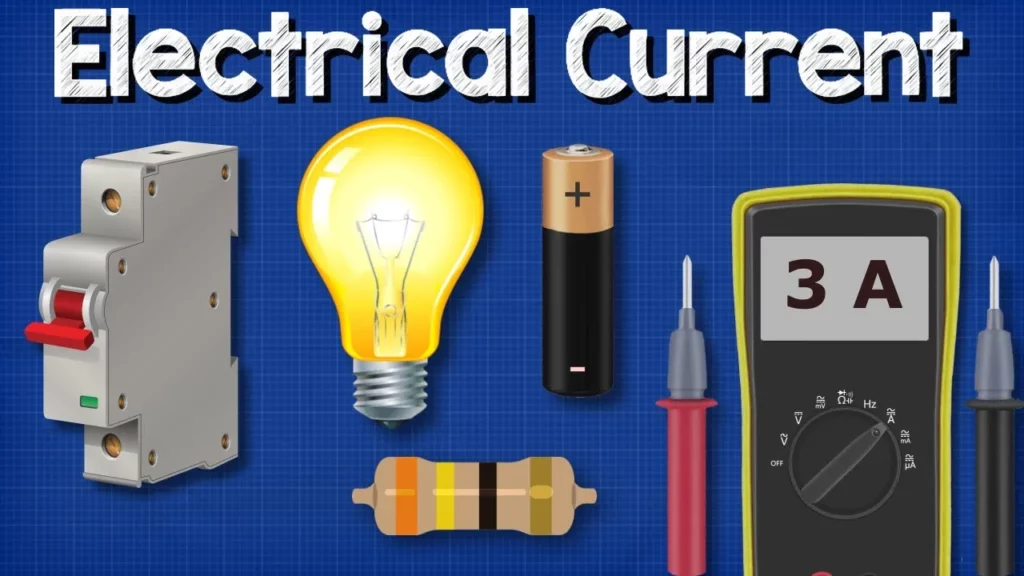
This lesson provides an overview of electrical current, explaining its nature as the flow of electrons through a circuit and the importance of voltage in initiating this flow. It distinguishes between alternating current (AC) and direct current (DC), discusses methods for measuring current using ammeters and multimeters, and highlights safety devices like fuses, circuit breakers, and GFCIs that protect against electrical overloads. Understanding these concepts is crucial for the safe and efficient use of electricity in everyday applications.
Plate Heat Exchanger, How it works – working principle hvac industrial engineering phx heat transfer
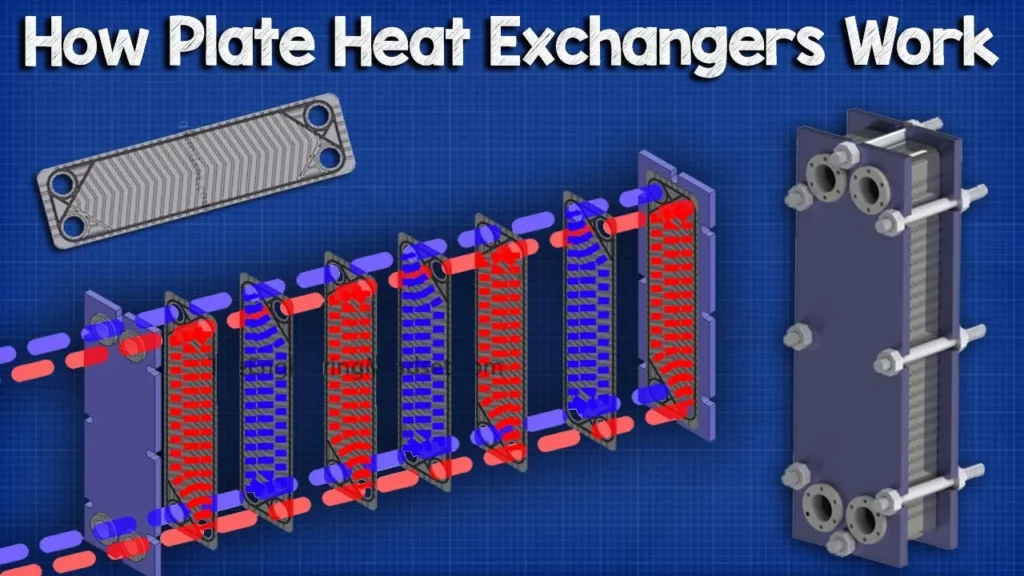
This lesson provides an overview of plate heat exchangers (PHEs), highlighting their essential role in efficiently transferring thermal energy between two fluids without mixing them. Key components such as end plates, gaskets, and grooved plates are discussed, along with common fluid flow configurations that enhance heat transfer efficiency. The lesson emphasizes the importance of proper maintenance and insulation for optimal performance in real-world applications.
Variable Frequency Drives Explained – VFD Basics IGBT inverter
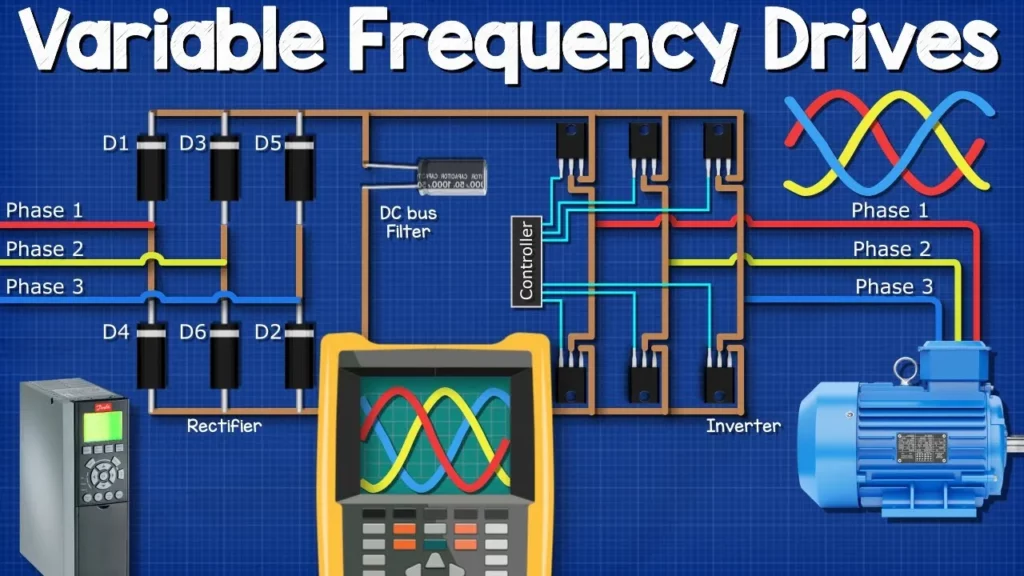
This lesson provides an overview of Variable Frequency Drives (VFDs), which are essential devices for controlling the speed of AC motors, particularly in industries like HVAC. It explains the basic principles of electricity, the components of a VFD (rectifier, DC bus, and inverter), and highlights the benefits of using VFDs, such as enhanced energy efficiency and performance. The lesson emphasizes the importance of safety when working with electrical systems.
Three Phase Electricity Basics and Calculations electrical engineering
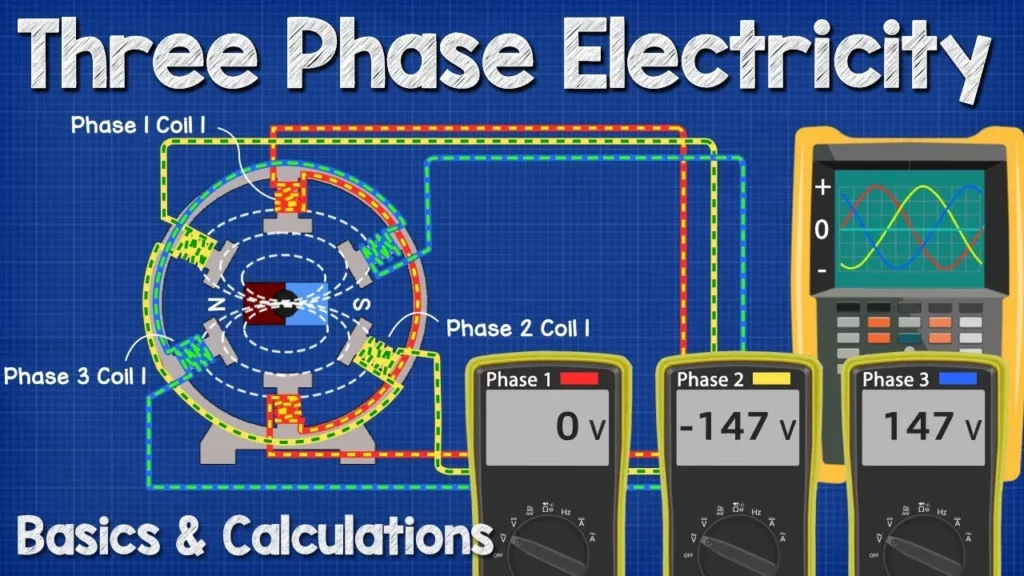
The lesson on three-phase electricity covers the fundamentals of this power generation and distribution method, highlighting its efficiency and stability compared to single-phase systems. It explains the variations in voltage across different regions, the significance of RMS voltage, and the methods for measuring and calculating voltages in three-phase systems. Understanding these concepts is essential for effectively and safely working with electrical systems in industrial and commercial settings.
How Chiller, AHU, RTU work – working principle Air handling unit, rooftop unit hvac system
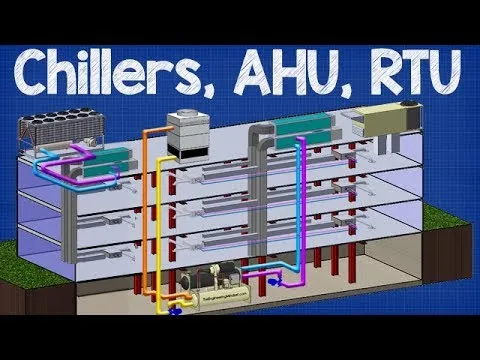
This lesson provides an overview of essential components in HVAC systems, specifically chillers, air handling units (AHUs), and rooftop units (RTUs). Chillers, which can be air-cooled or water-cooled, are responsible for generating chilled water to cool buildings, while AHUs and RTUs distribute conditioned air throughout the space. Understanding the functions and locations of these units is crucial for effective building management and HVAC system design.
Electronic Expansion Valve – How it works ETS 5M HVAC
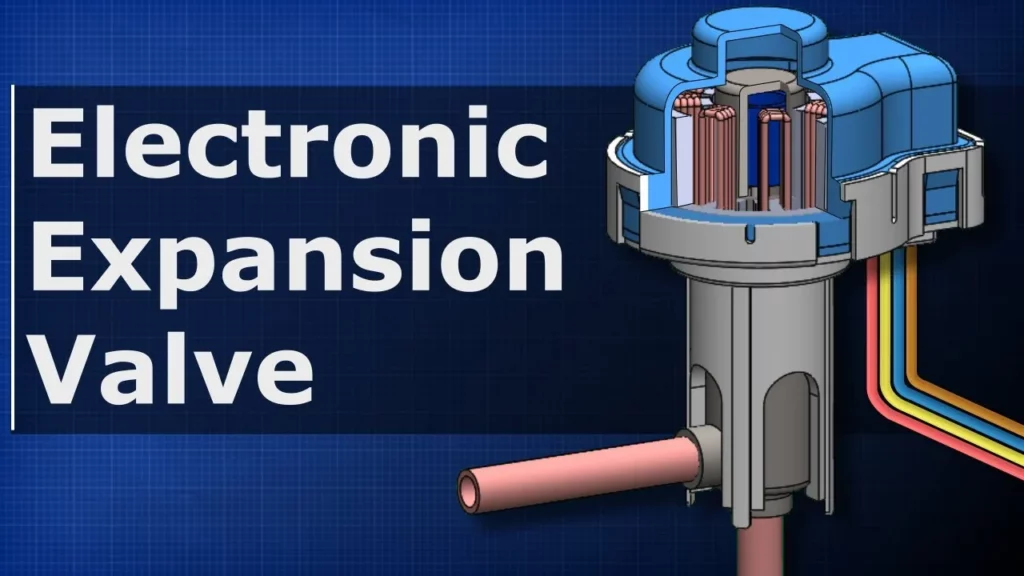
The lesson on the Electronic Expansion Valve (EEV) in HVAC systems highlights its essential role in regulating refrigerant flow with precision, utilizing electronic control via a stepper motor. Unlike traditional valves, the EEV automatically adjusts based on temperature and pressure measurements, enhancing system efficiency and performance. This advancement represents a significant evolution from earlier valve technologies, allowing for optimal cooling and preventing issues such as evaporator flooding or reduced efficiency.
Transformers Explained – How transformers work
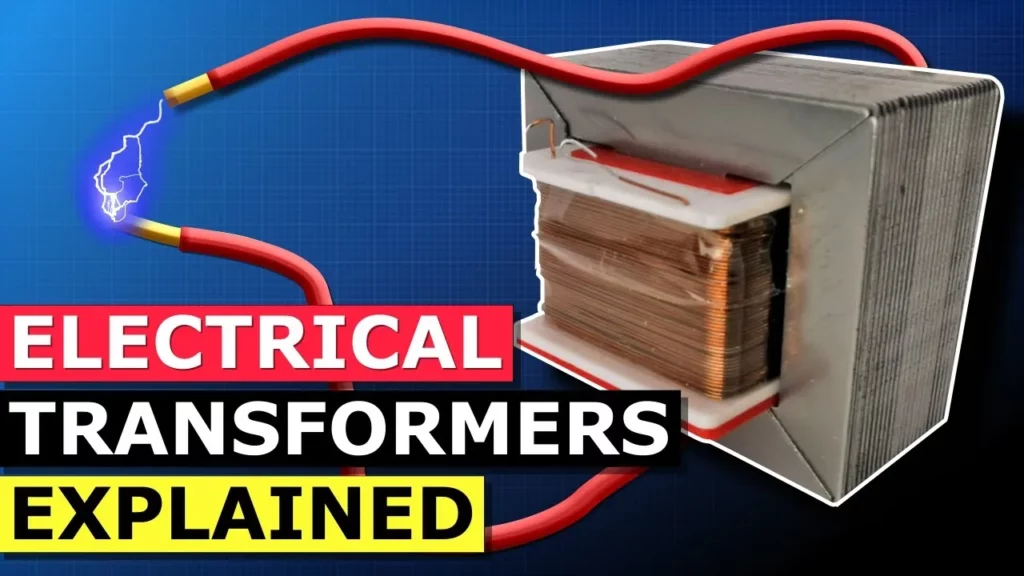
Transformers are essential devices that transfer electrical energy between circuits by altering voltage and current, primarily using alternating current (AC). They consist of two coils wrapped around an iron core, allowing them to either step-up or step-down voltage for efficient power transmission, thereby minimizing energy loss. Understanding their operation involves concepts such as magnetic fields, coil turns, and basic calculations related to voltage and current, which are crucial for applications ranging from household appliances to large-scale power distribution.
HVAC Heat Exchangers Explained The basics working principle how heat exchanger works
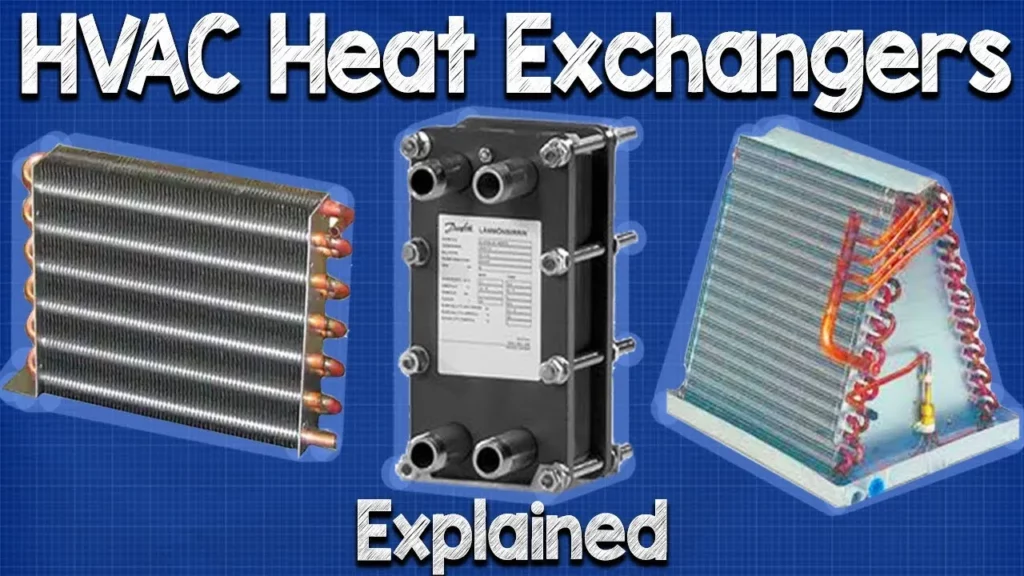
This lesson provides an overview of HVAC heat exchangers, highlighting their role in transferring thermal energy between fluids to maintain comfortable indoor environments. It covers the fundamental principles of heat transfer, the different types of heat exchangers such as coil and plate designs, and their applications in various HVAC systems. Understanding these components is essential for optimizing heating and cooling efficiency in both residential and commercial settings.
How Batteries Work – Battery electricity working principle
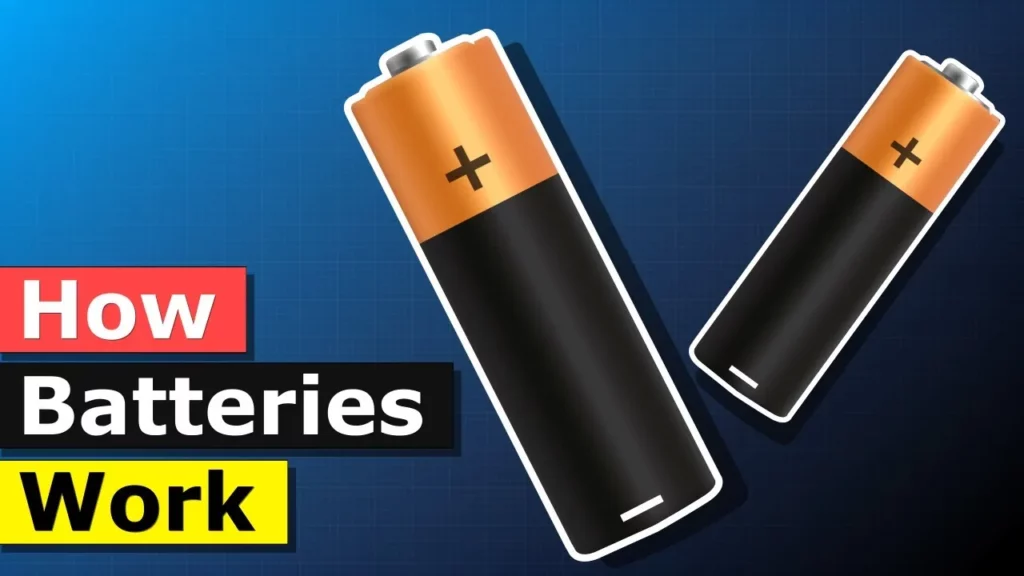
This lesson explains the fundamental principles of how batteries function, detailing their role in storing chemical energy and converting it into electrical energy to power devices. It covers the components of a battery, the flow of electrons in a circuit, the chemical reactions that generate electricity, and how to assess battery life and performance. Additionally, it discusses methods for combining batteries to enhance power output, emphasizing the importance of understanding these concepts in everyday technology.